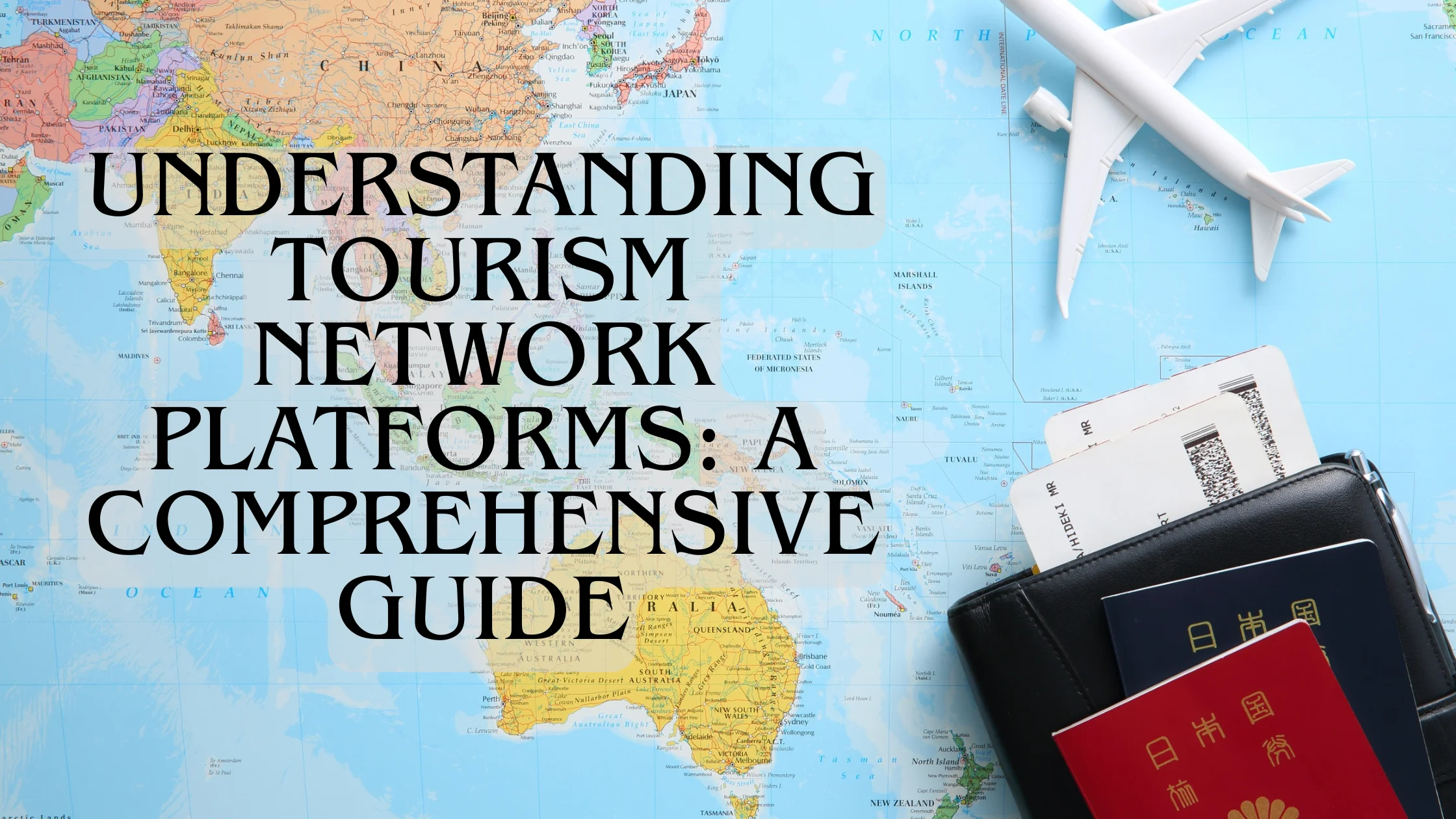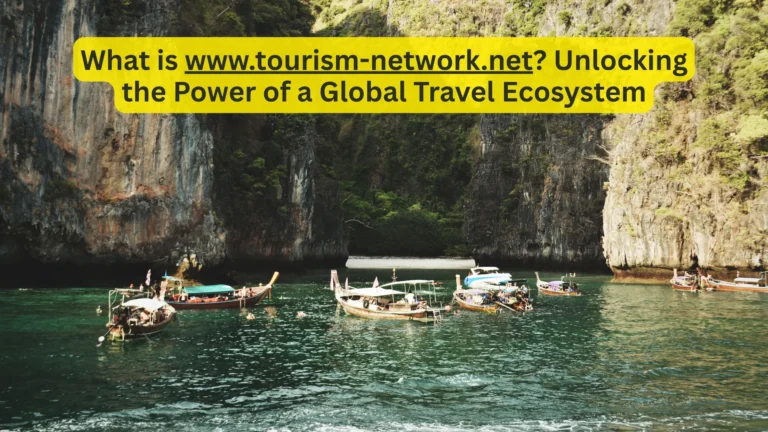Introduction
In the evolving landscape of the travel industry, tourism network platforms have emerged as pivotal tools that bridge the gap between travelers, service providers, and destinations. These platforms facilitate seamless connections, enhance collaboration, and drive efficiency across the tourism sector. This article delves into the concept of tourism network platforms, highlighting their significance, benefits, and real-world applications.
What Is a Tourism Network Platform?
A tourism network platform is a digital ecosystem that connects various stakeholders within the tourism industry, including travelers, tour operators, accommodation providers, local businesses, and destination marketing organizations (DMOs). These platforms enable the sharing of information, resources, and services, fostering collaboration and enhancing the overall travel experience.
Key Components of https//tourism-network.net/
- Centralized Information Hub: Aggregates data on destinations, accommodations, activities, and services, providing users with comprehensive information.
- Booking and Reservation Systems: Facilitates seamless booking of accommodations, tours, and activities, often integrating with third-party services.
- Communication Tools: Enables direct communication between travelers and service providers, enhancing customer support and personalization.
- Review and Rating Systems: Allows users to share feedback and experiences, aiding in decision-making and maintaining service quality.
- Analytics and Reporting Tools: Provides stakeholders with insights into user behavior, booking trends, and performance metrics to inform strategic decisions.
Benefits of Tourism Network Platforms
1. Enhanced Collaboration
By connecting various stakeholders, tourism network platforms foster collaboration among service providers, leading to the development of integrated travel packages and joint marketing efforts. This collective approach enhances the destination’s appeal and attracts a broader audience.
2. Streamlined Operations
Centralized systems reduce administrative burdens by automating processes such as booking confirmations, invoicing, and customer communications. This streamlining allows businesses to focus more on service quality and customer satisfaction.
3. Improved Customer Experience
With access to a wide range of services and real-time information, travelers can plan and customize their trips more effectively. Features like personalized recommendations and instant booking capabilities enhance convenience and satisfaction.
4. Data-Driven Insights
Analytics tools within these platforms provide valuable data on customer preferences, booking patterns, and market trends. This information enables businesses to tailor their offerings and marketing strategies to meet evolving demands.
Real-World Examples of Tourism Network Platforms
1. Musement
Musement is an online platform that aggregates activities, tours, museums, and events, allowing travelers to book experiences in various destinations. It connects users with local providers, offering a diverse range of options to enhance travel itineraries. Wikipedia
2. Cluetivity
Cluetivity offers geolocation-based and augmented reality (AR) games, transforming city tours into interactive experiences. This platform is utilized by tourism boards and businesses to engage visitors in innovative ways. Wikipedia
3. Withlocals
Withlocals connects travelers with local hosts offering personalized tours and experiences, emphasizing authentic cultural exchanges. This platform supports small businesses and promotes sustainable tourism practices. Wikipedia
Challenges Faced by Tourism Network Platforms
- Integration Complexities: Harmonizing data and systems across diverse stakeholders can be technically challenging.
- Data Privacy Concerns: Ensuring the security and privacy of user data is paramount, requiring robust cybersecurity measures.
- Market Competition: The proliferation of platforms can lead to market saturation, making differentiation and user acquisition more difficult.
- Regulatory Compliance: Adhering to varying regulations across different regions can complicate operations, especially for global platforms.
Future Trends in Tourism Network Platforms
- Artificial Intelligence (AI) Integration: AI can enhance personalization by analyzing user behavior and preferences to offer tailored recommendations.
- Blockchain Technology: Blockchain can provide secure and transparent transaction records, enhancing trust among users and service providers.
- Sustainable Tourism Initiatives: Platforms are increasingly incorporating features that promote eco-friendly travel options and support for local communities.
- Mobile-First Solutions: With the rise of mobile usage, platforms are optimizing their services for mobile devices, offering on-the-go access and convenience.
Conclusion
Tourism network platforms are revolutionizing the travel industry by fostering collaboration, streamlining operations, and enhancing the customer experience. As technology continues to evolve, these platforms are poised to play an even more significant role in shaping the future of tourism. Stakeholders who embrace these digital ecosystems can gain a competitive edge and contribute to the sustainable development of the tourism sector.
Frequently Asked Questions (FAQs)
1. What is the primary function of a tourism network platform?
A tourism network platform serves as a digital hub that connects various stakeholders within the tourism industry, facilitating the sharing of information, resources, and services to enhance the travel experience.
2. How do tourism network platforms benefit travelers?
Travelers benefit from these platforms through access to a wide range of services, personalized recommendations, seamless booking processes, and real-time information, all contributing to a more convenient and enjoyable travel experience.
3. Can small businesses utilize tourism network platforms?
Yes, small businesses can leverage these platforms to reach a broader audience, collaborate with other service providers, and streamline their operations, thereby enhancing their competitiveness in the market.
4. Are there any security concerns associated with tourism network platforms?
Security is a critical consideration, and reputable platforms implement robust cybersecurity measures to protect user data and ensure safe transactions.
5. What does the future hold for tourism network platforms?
The future of these platforms includes advancements such as AI-driven personalization, blockchain for secure transactions, a focus on sustainable tourism practices, and mobile optimization to meet the evolving needs of travelers.

